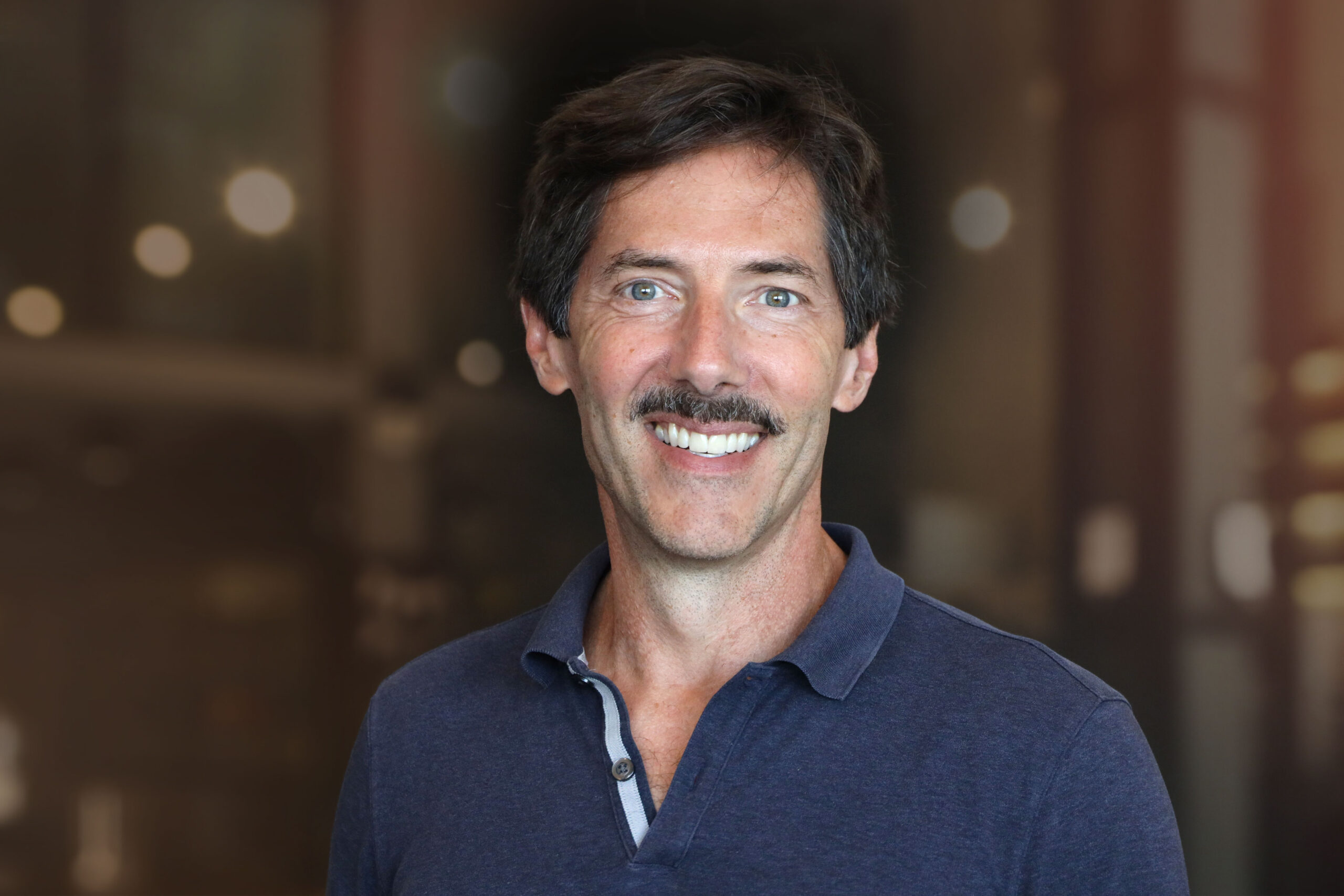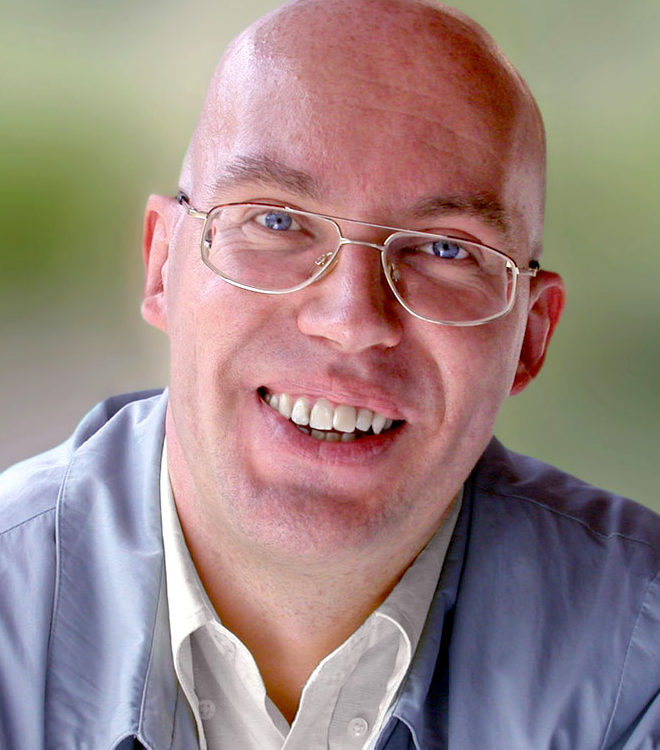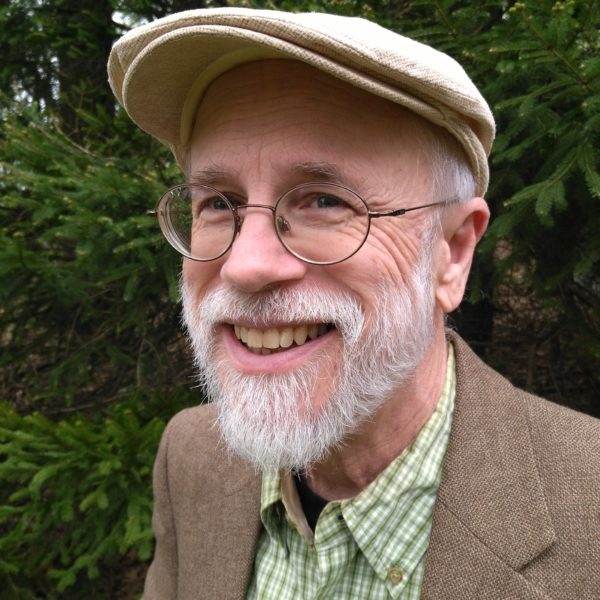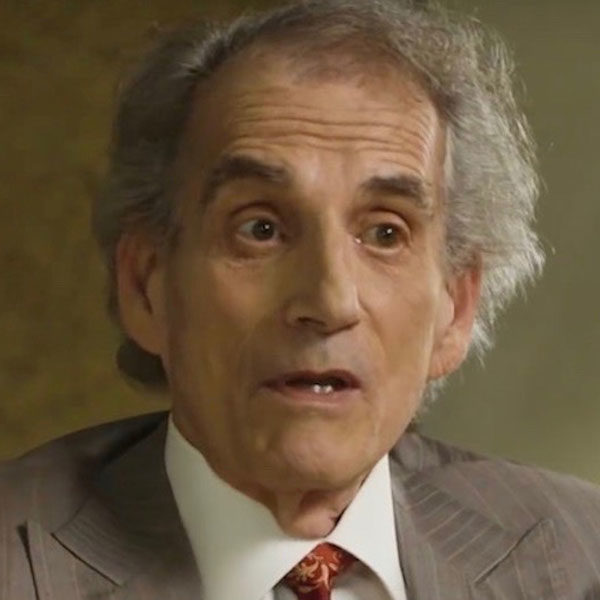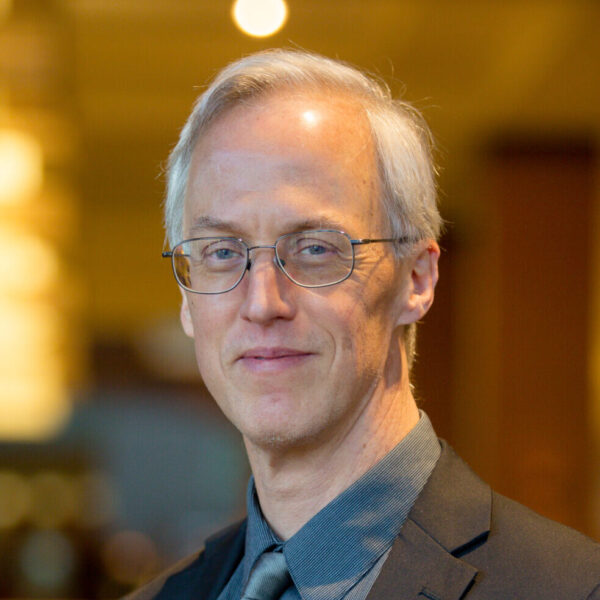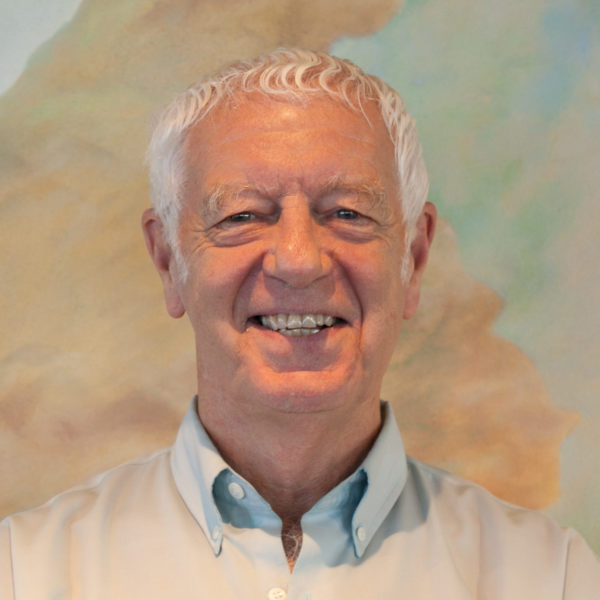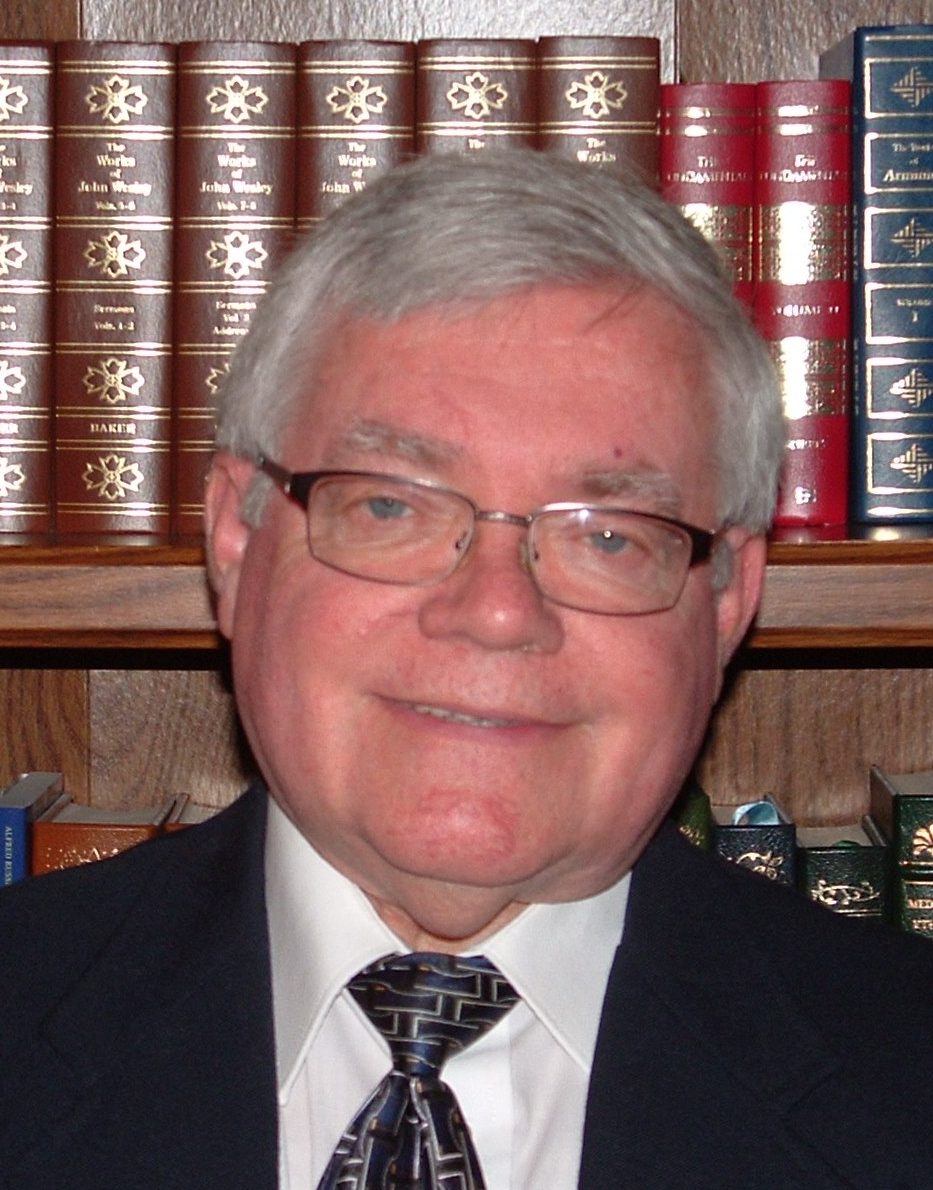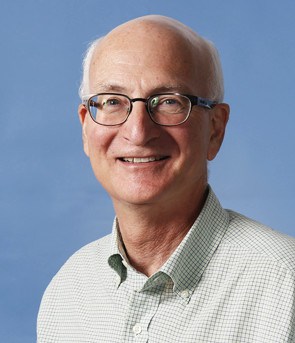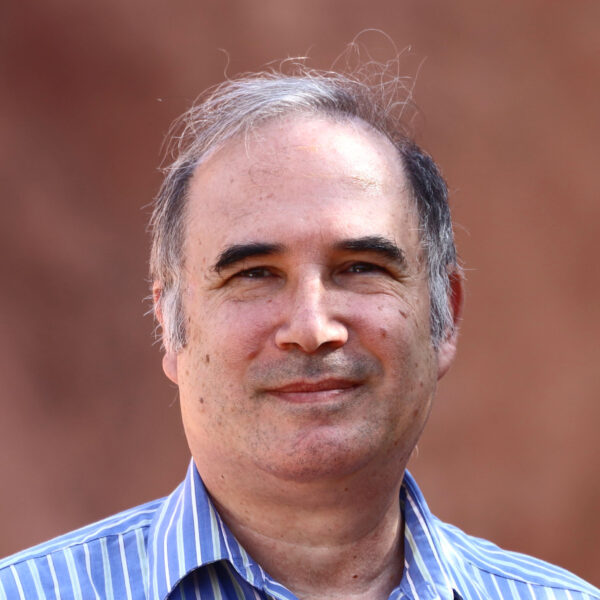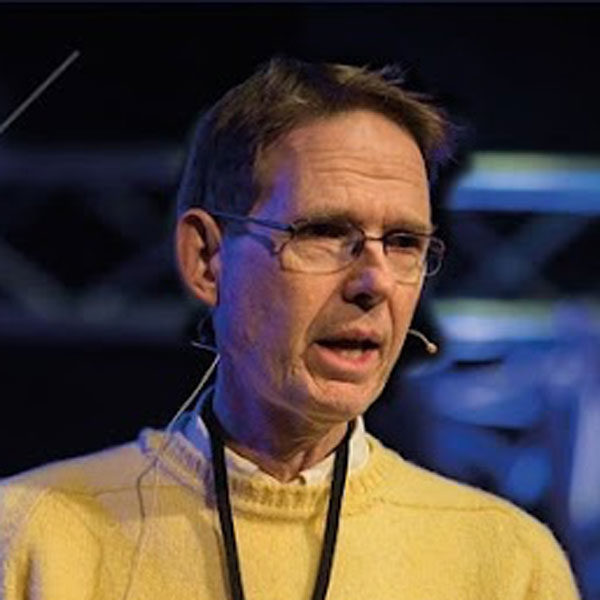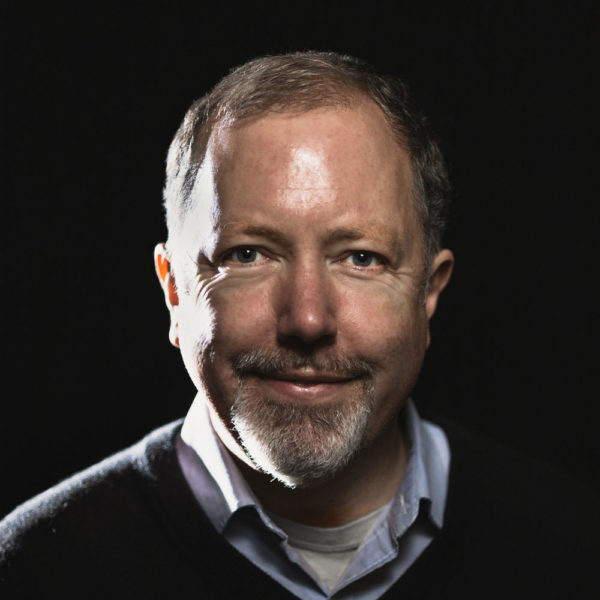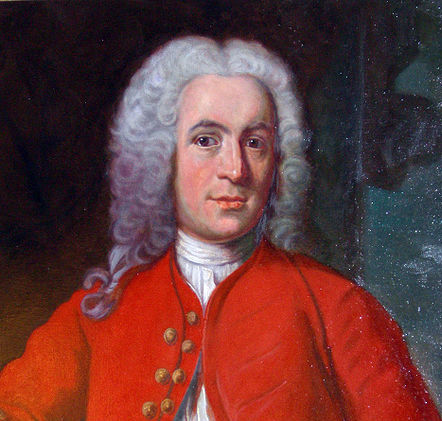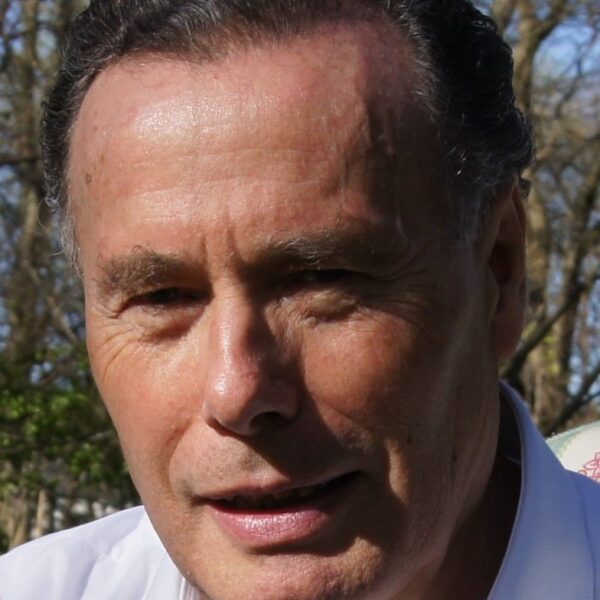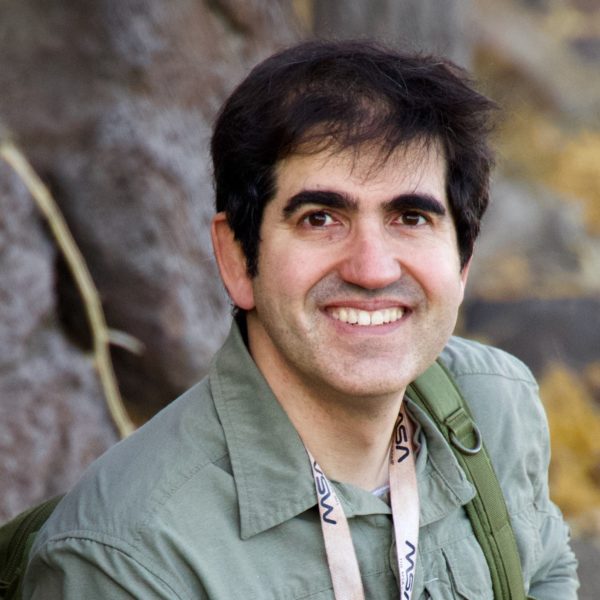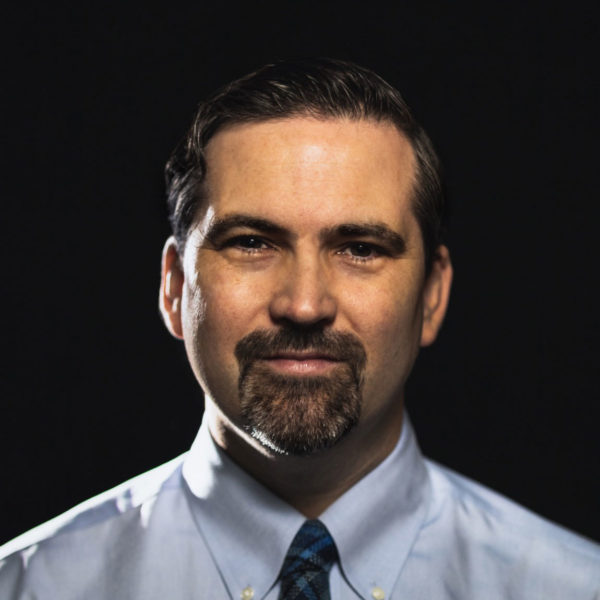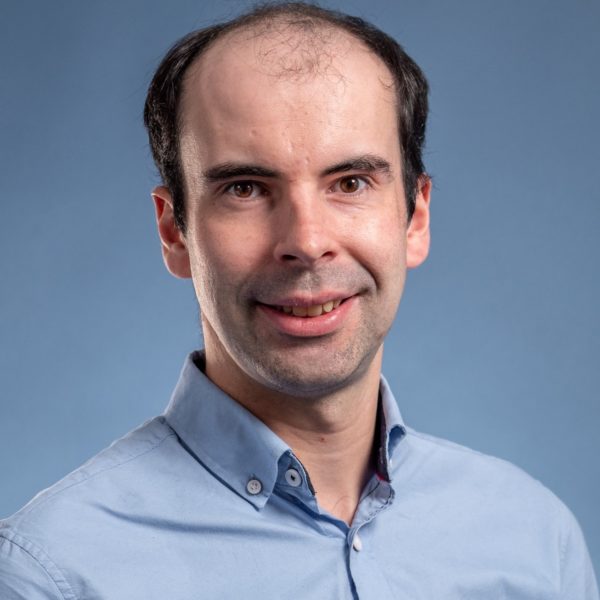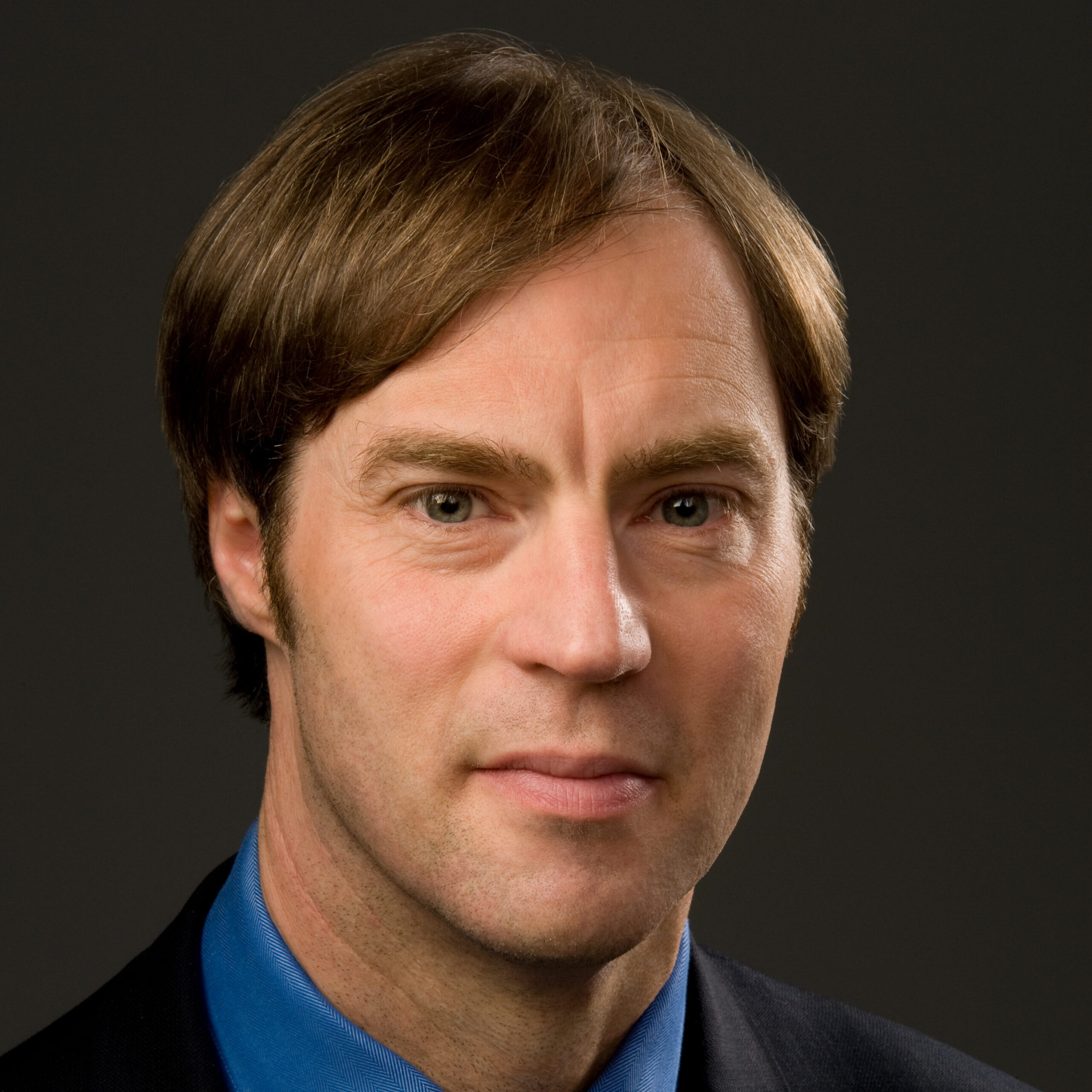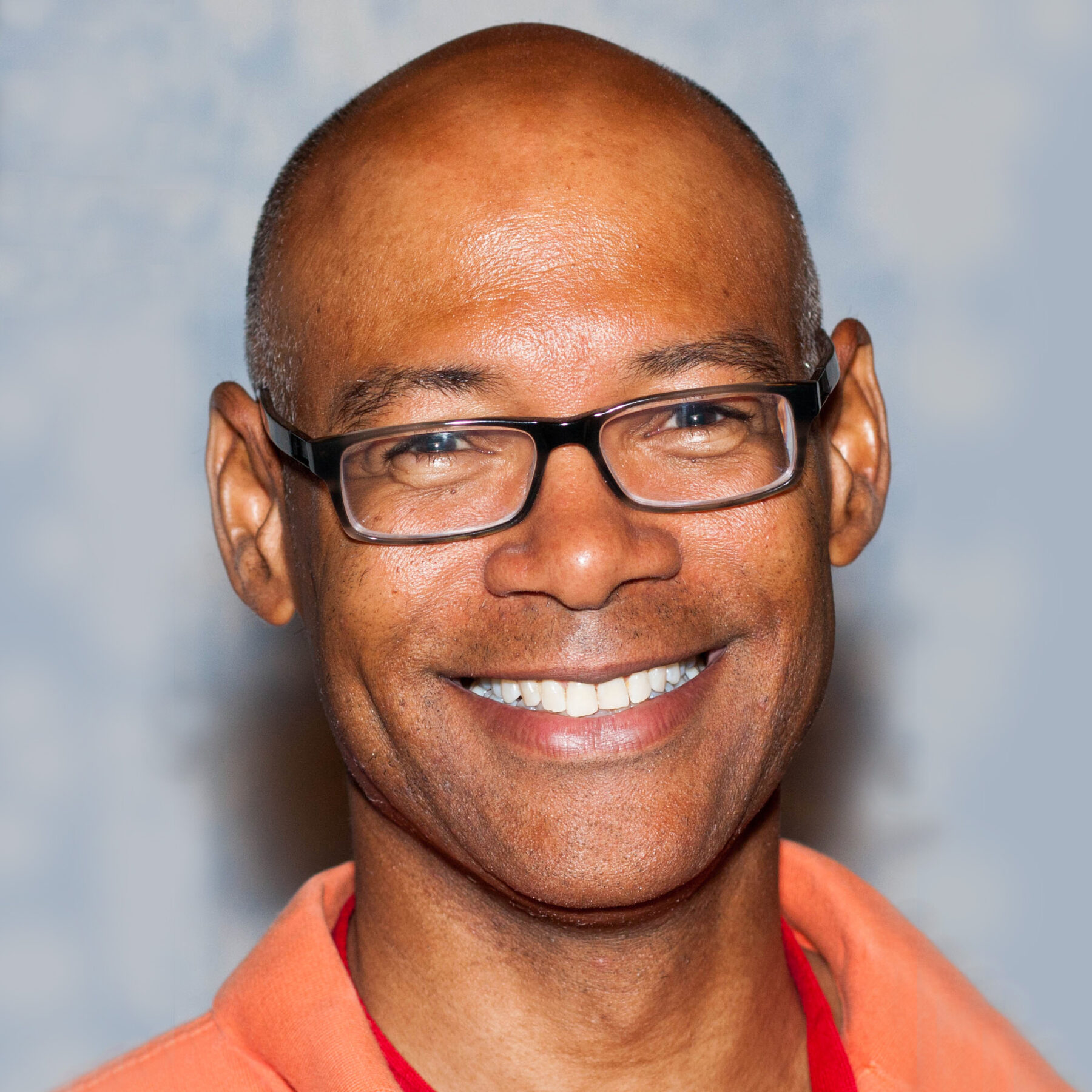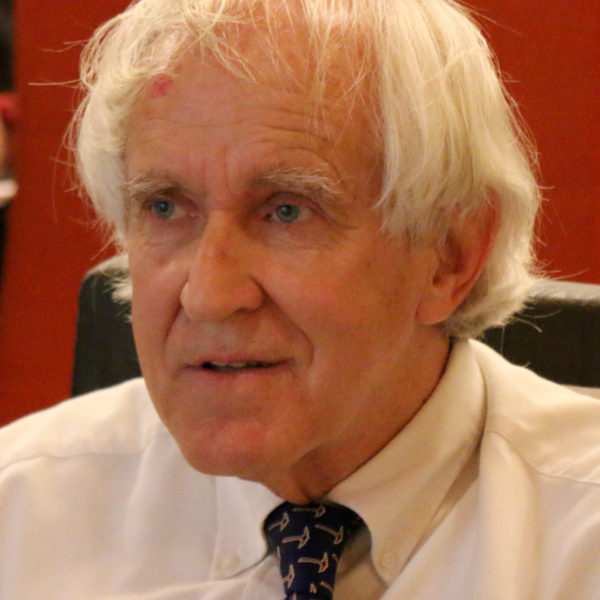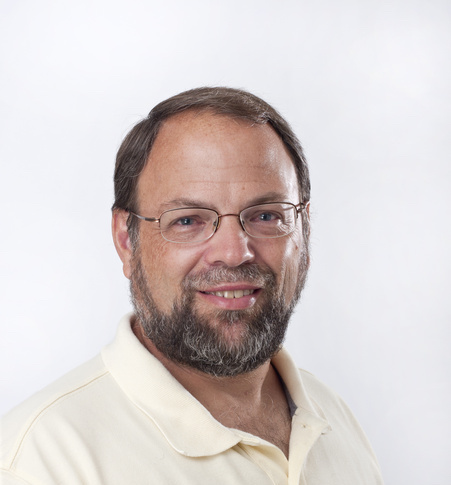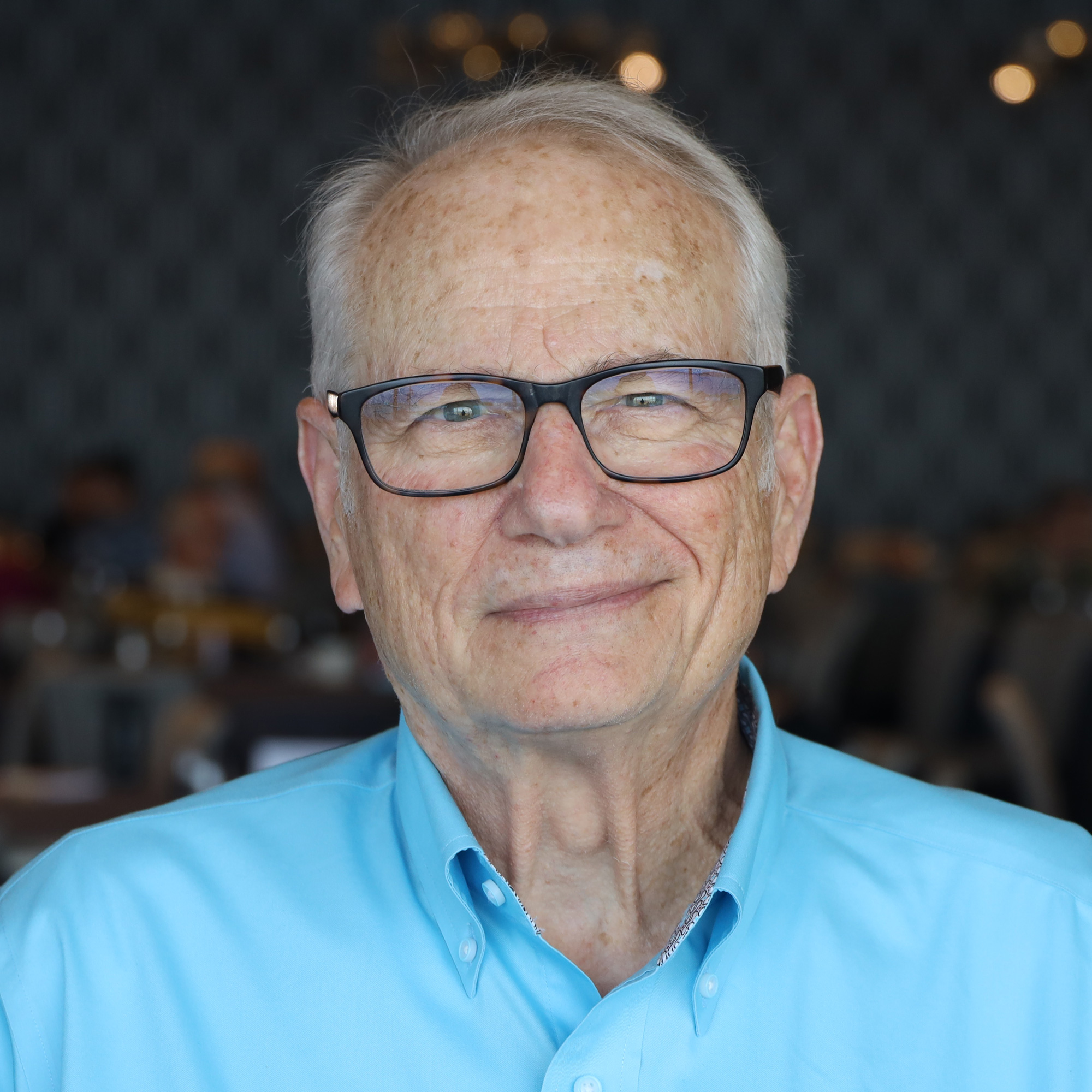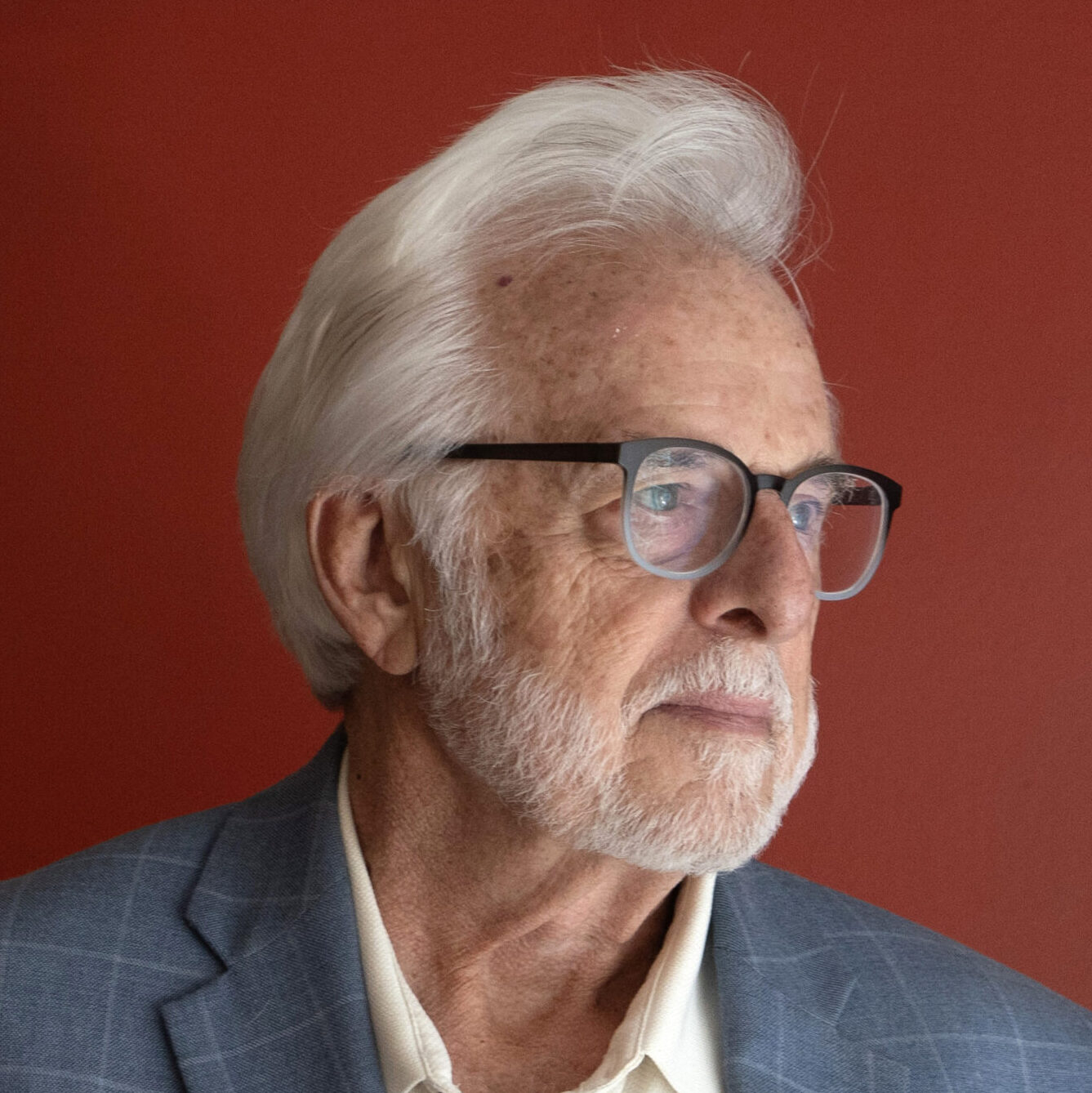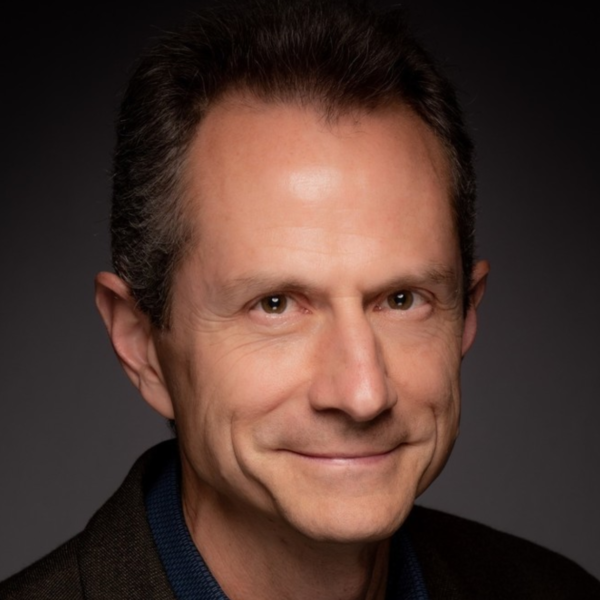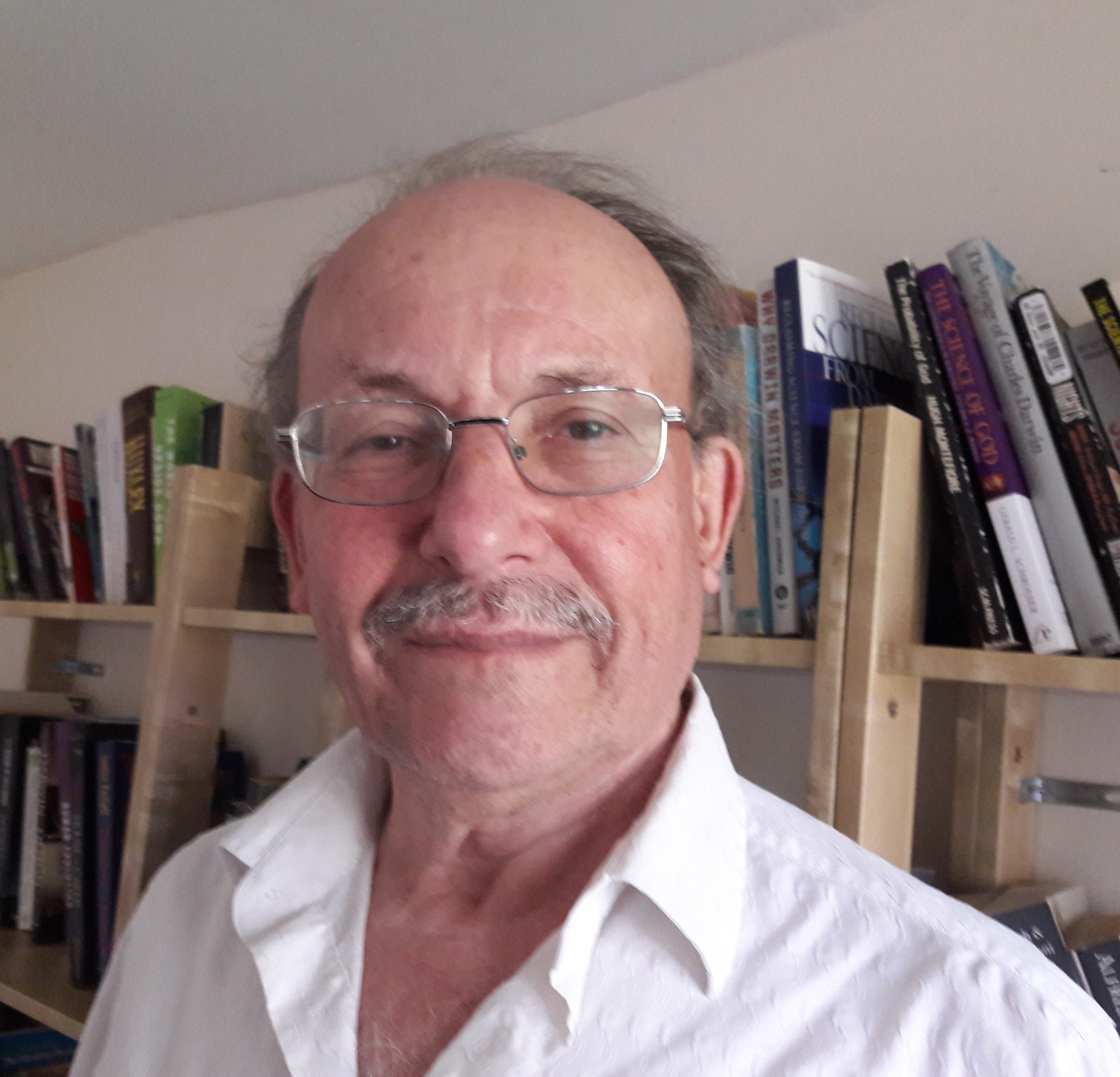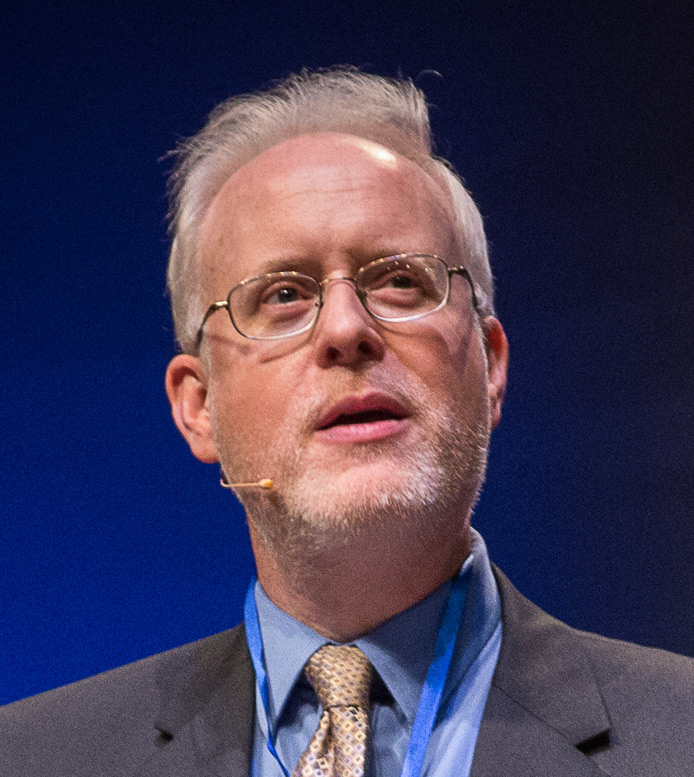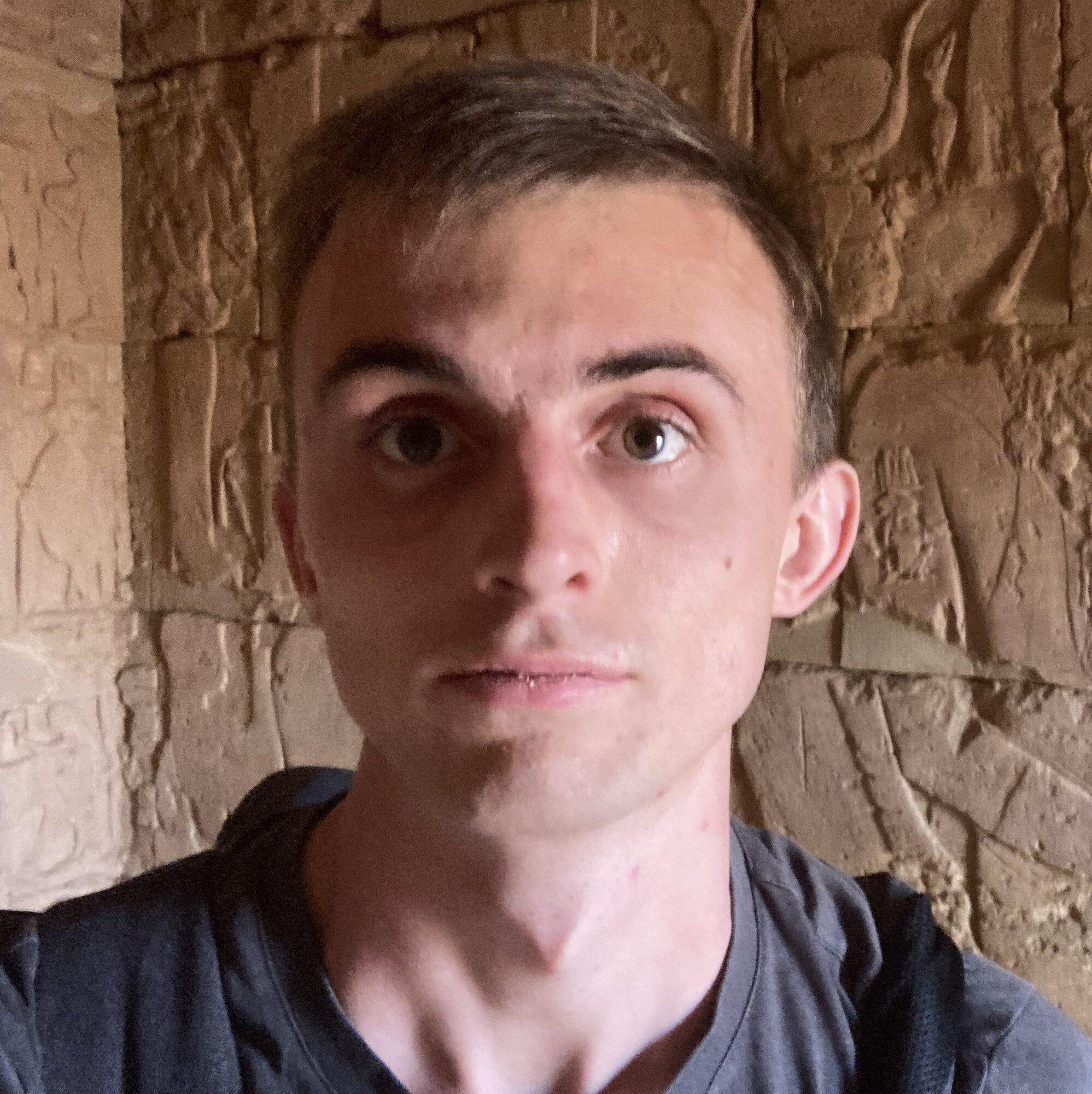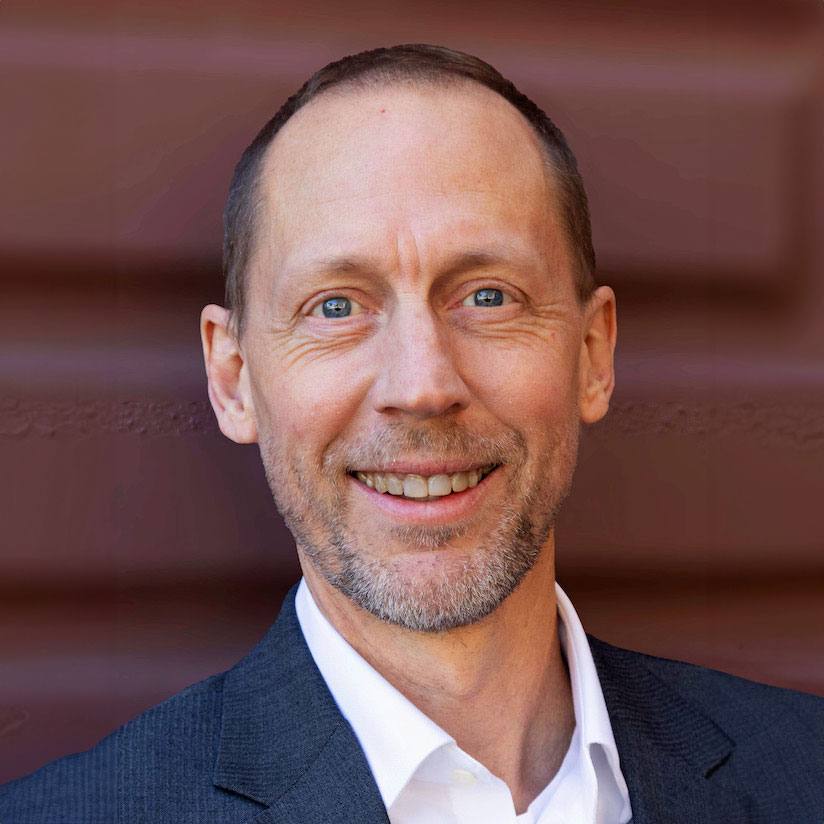U.C. Santa Barbara cognitive neuroscientist Michael Gazzaniga has written a significant article at IAI.TV. He and synthetic biologist Bridget Queenan maintain there that “People with missing brains make clear the mystery of consciousness.”
Mystery? Gazzaniga, who trained under Nobelist Roger Sperry (1913–1994), is a close colleague of leading neuroscientist Christof Koch. Is he backing away from eliminative materialism (the mind is simply what the brain does)? He and Queenan dance around the topic in a most interesting way, beginning with people missing large parts of their brains:
A 2013 case reported a 60-year-old missing the back of her brain. Again, normal on the outside: employed until recently, married, with one child and the ability to live alone. Inside, a cavity where the cortex should be. A 2018 case reported a 60-year-old, unmarried and unemployed, but active in a band and a choir, with his head full of fluid and only a thin sheet of cortex. A 2021 case reported a 72-year-old living independently, again largely without what we might recognize as “a brain.” Even rats got in on the action: R222 lived well into adulthood, performing well in lab-rat escapades despite a hollowed-out brain.
Collectively, these findings suggest that the human (and rat!) brain is considerably more plastic than expected. If you were born with bones or muscles half the expected size, or a quarter, or a tenth, you wouldn’t carry on unimpeded. If you were born with a tenth of your liver, we’d have a problem. Yet, somehow, the human brain can rise to the occasion — at a performance review…
“Is your brain really necessary for consciousness?,” August 5, 2025
“The Music of the Mind”
Gazzaniga and Queenan argue that “It may be time for a new approach to brains and ‘consciousness’ — as the music of the mind.” Music, they remind us, is more than volume and can be produced in a variety of ways.
Similarly, the “volume” of brains is not the sole determinant of whether a brain is good. The volume — the overall amount of brain participating at any given time — is one dimension of brain activity, but there are many other components: the circadian rhythms (low frequency waves which entrain us to the Sun and seasons), the central pattern generators (higher frequency waves which structure our heartbeat and our breathing), the real-time brain activity (highest frequency waves which allow us to analyze the world and tell the story). A conscious mind is the elaborate interplay between waves of neural activity in small, medium, and large (fast, medium, and slow), which braid together in a way that seems beautiful.
“Necessary for consciousness?”
What’s Missing Here?
What’s missing from Gazzaniga and Queenan’s model of consciousness becomes clear when they turn to analysis.
They write, “We can explain what makes music bad, though it’s much harder to explain what makes it good or great. That’s why we need to build a definition of consciousness from the ground up.” They then, puzzlingly, seek to downgrade language — unique to humans — compared to the “music” of consciousness:
Language is not the same as consciousness. Plenty of composers — Beethoven and Tchaikovsky among them — are in the Pantheon of “Great Composers” for music alone. We don’t require them to handle the words. We only seem to demand words when we want to exclude members from the club.
It’s time to admit that many living creatures aren’t so great at language, while being perfectly good at consciousness. They are musicians, but not singers, they are composers, but not librettists — get over it and move on.
“Necessary for consciousness?”
What’s obviously missing from this account is the mind of the composer. Everything else flows from the immaterial ideas that inspired the composer who began the process by writing them down in musical notation:
Second, human language is similarly the outcome of abstract ideas arising in an immaterial mind. It is in no way inferior to music, as great literature attests. Animals have languages, to be sure. But their languages are signal systems — often complex ones, but not the same thing.
Why No Account of the Origin of the Ideas?
Even if Gazzaniga and Queenan wanted to provide an account of the origin of music in immaterial ideas, they could not do so. They would find themselves in direct conflict with the — increasingly unbelievable — mantra that the mind is simply what the brain does. So they end up confusing the issues around language and talking around the inescapable fact of human exceptionalism.
In fairness, they have reason to be cautious. Christof Koch was the recipient of a Cancel letter when his attempt to understand consciousness strayed too far from progressive orthodoxy. Gazzaniga and Queenan are probably safe from any similar punishments for deviance.
Their Timing Is Interesting, Though
Gazzaniga is a preeminent researcher on split-brain syndrome, the very topic that starts the discussion in The Immortal Mind: (Worthy, June 3, 2025). Sources tell us that he is a hard-core materialist. Yet, a couple of months after neurosurgeon Michael Egnor’s two-hour discussion with Christof Koch on Michael Shermer’s show — based on that book — Gazzaniga marvels in print at how people with a great deal of missing brain tissue can have full consciousness. And that’s the very topic we turn to next in The Immortal Mind…
Michael Egnor comments, “This is a radical shift in the discussion about neuroscience and consciousness, at the highest levels of the neuroscience community. He [Gazzaniga] draws an analogy between music and consciousness — still missing the point about spirit and soul, but a lot better than hard-core materialism.”
The discussion on consciousness appears to be changing. Stay tuned.
Here’s the discussion on the Michael Shermer Show:
Cross-posted at Mind Matters News.
